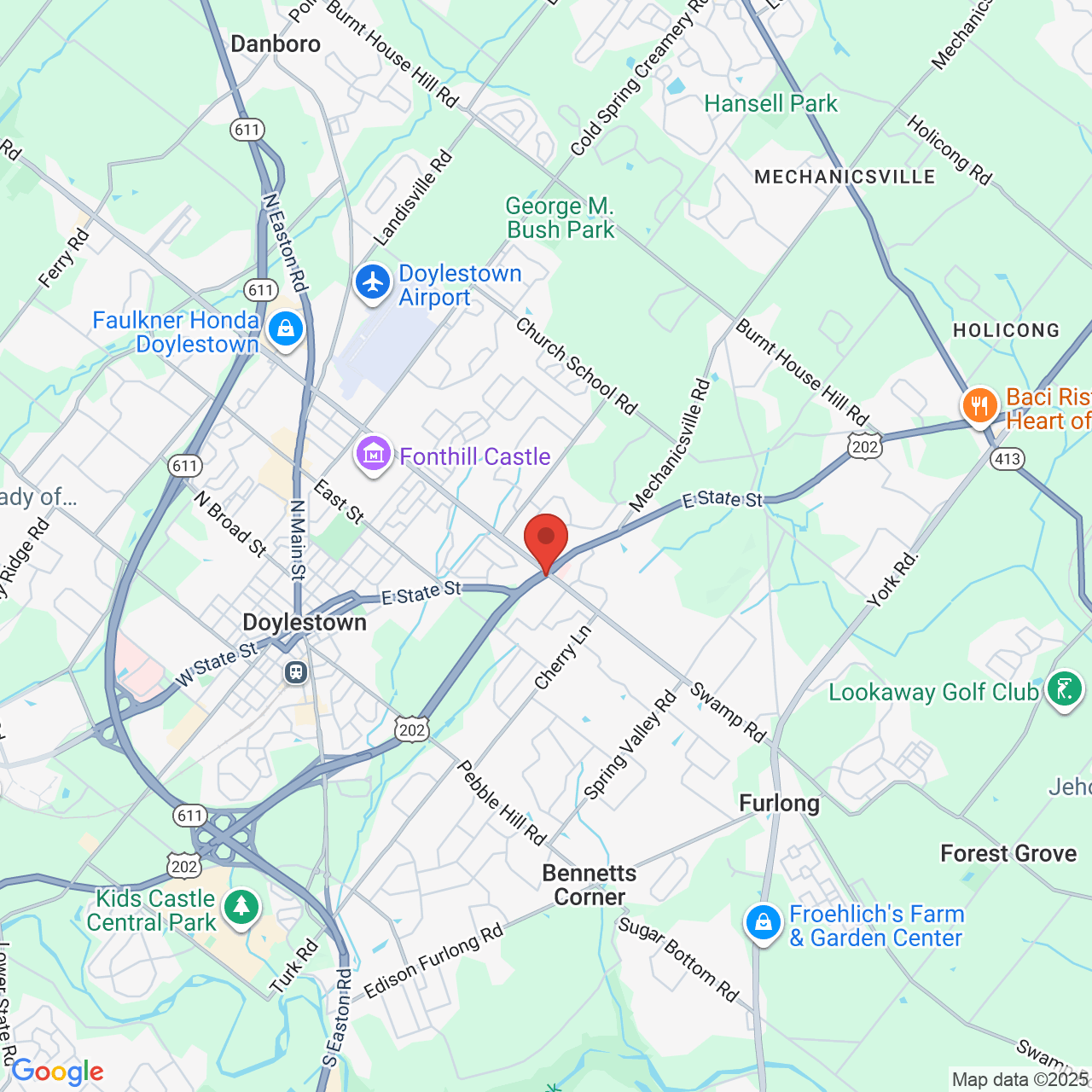Gum Grafts and Treatment for Periodontal Disease
 Periodontal disease, more commonly known as gum disease, is an infection of the gums that can negatively affect one’s dental and overall health when left untreated. While mild cases of gum disease pose little immediate risk, various long-term symptoms of disease may call for eventual treatment, and result in the risk of developing into a more serious form of infection.
Periodontal disease, more commonly known as gum disease, is an infection of the gums that can negatively affect one’s dental and overall health when left untreated. While mild cases of gum disease pose little immediate risk, various long-term symptoms of disease may call for eventual treatment, and result in the risk of developing into a more serious form of infection.
At our Philadelphia cosmetic dentistry practice, we offer numerous restorative dentistry techniques to combat gum disease at each stage, including gum graft procedures for receding gum lines. No matter the condition of your teeth and gums, we can help restore your smile to health.
Why Consider a Gum Graft?
Gingivitis, the most common form of gum disease, can have multiple effects on one’s mouth. Gums may become reddened, sensitive, prone to bleeding, or develop pockets of infection near the roots of teeth. Additionally, gingivitis often causes the gum line to recede over time. This gum recession tends to be gradual, and therefore many patients may not notice it at first. Receded gums, however, can affect the appearance while also exposing the roots of teeth.
A gum graft can help you protect your teeth and restore the balance of your smile. Through one of three grafting techniques, gum tissue can be replaced or adjusted to more evenly cover your teeth, reversing what was otherwise lost from recession.
Gum Graft Procedures
Some patients may opt for a gum graft purely for cosmetic reasons, much like a gum contouring procedure. However, once gum recession jeopardizes the health of your teeth, a graft may be highly recommended to prevent further damage to your teeth. Depending on the degree of tissue lost and the current state of your gums, an appropriate grafting technique will be implemented:
- Connective tissue graft: As the most commonly gum graft procedure, an incision is made at the roof of the mouth. From this incision, tissue is removed and reattached to the gums over the exposed roots of teeth. When enough tissue has been grafted, the incision is closed.
- Free gingival graft: Similar to a connective tissue graft, gum tissue is removed and reattached from the roof of the mouth. Rather than making an incision and removing tissue from it, however, tissue is taken directly from the surface.
- Pedicle graft: Rather than add tissue to the gums, a small incision is made in the tooth’s gum itself. Then gum is then pulled over the exposed tooth, lengthening its area. This technique is best reserved for patients who still have plenty of tissue remaining below the receded gum line.
In addition to taking tissue from a patient’s own mouth, some dentists are able to procure donated tissue from a bank. After consulting your dentist, you can make a collaborative, informed decision regarding the method of your gum graft.
Periodontal Treatments
If your gums have been noticeably damaged due to periodontal disease, chances are additional treatment is required to combat the disease itself. While mild gingivitis can often be controlled through diligent hygiene habits, more advanced cases of gum disease may require any of the following periodontal treatments:
- Deep cleaning: Periodontal scaling and planing, also called a deep cleaning, can remove small pockets of infection from within gums. Similar to a regular professional cleaning, this treatment removes plaque and tartar that have accumulated at the roots of teeth, only deeper around the tooth. This is often an effective first step toward treating disease before it can spread deeper into the gums or roots.
- Flap surgery: When gums have begun to pull away from teeth and pockets of infection form far below the gum line, flap surgery may be recommended. To reach these deep pockets, incisions are made in the gums and they are temporarily pulled back. Once the areas have been cleaned and treated with antibiotics, the gums are sutured back in place.
- Bone graft: If gingivitis has progressed into periodontitis, bone loss has occurred in addition to gum loss. At this stage, a bone graft may also be necessary to reverse the effects of disease and restore the structure of your jawbone. This will also allow support for dental implants, which can replace teeth that have been lost to disease.
Contact Us Today
We look forward to helping you achieve your fullest, brightest smile. To find out if a gum graft or similar periodontal treatment is right for you, contact our office to schedule an appointment with Dr. Wilderman.



